Click below to listen to my 2 min. Garden Bite radio show: Planning for perennial edibles next year
Audio PlayerWhen planning our vegetable gardens, most of us think of them as annuals. Here’s a look at 3 perennial edibles and 1 herb for zone 4 climates.
This first one I’ve never been a fan of but almost everyone I know loves it. Asparagus.
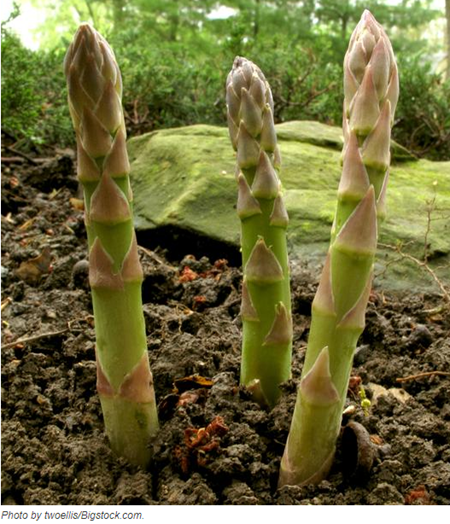
It takes commitment to grow this guy but once established, your asparagus bed will yield for years. A main requirement for growing asparagus is a neutral pH, which is what most of us have in Minnesota.
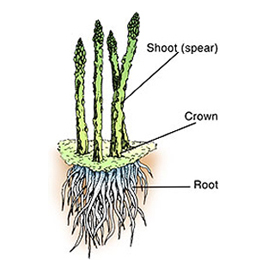
- Choose a well drained location in full sun keeping in mind that asparagus’s ferny summer foliage will grow to 6 ft.
- Dig a trench a foot wide and nearly as deep, incorporate plenty of compost and plant the crowns 18 inches apart in early Spring spreading the roots out horizontally.
- Cover with 2 to 3 inches of rich soil adding more soil as the plants grow so that you eventually fill the trench.
- Once planted, leave asparagus for 2 to 3 years before harvesting.
- By the 4th year, you should be able to harvest for 8 weeks.
- Harvest when the spears become 6 to 8 inches long and the scales at the tips are still clenched tight.

French tarragon is one of my favorite herbs and is actually hardy to zone 3 with winter protection. (I bought mine at a small local nursery) The leaves have a strong taste of anise. Before you buy, pinch a leaf and eat it, you want to make sure you’re getting true French tarragon, the Russian variety is pretty much flavorless.

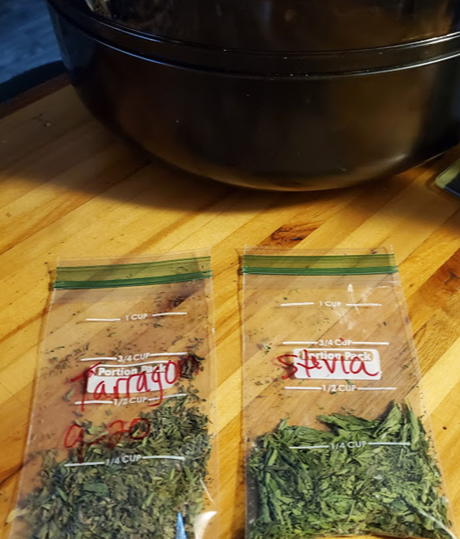
Rhubarb grows very well here and requires little but sunlight, well drained soil and the chance to establish itself for the first 2 years. Harvest the stalks but not the leaves, they’re toxic.
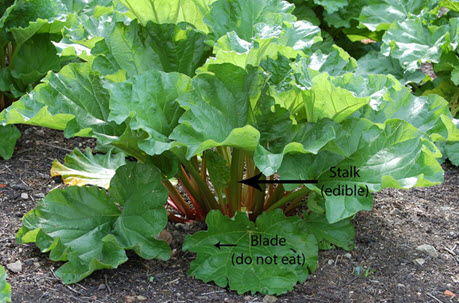
The Woodland Strawberry or Alpine Strawberry is found growing wild in many areas.
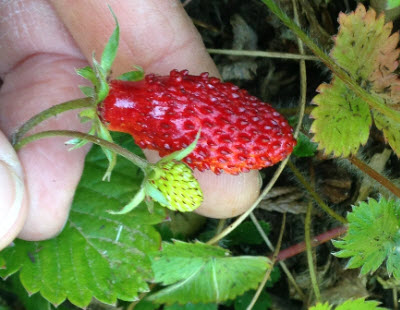
The berries are petite but they pack a punch of flavor.
- These berries need only 6 hours of sunlight.
- They are excellent at the edge of your veggie garden or beneath fruit trees.
- Prepare the soil by incorporating plenty of compost.
- Plant the crowns 8 inches apart with the crown at soil level in Spring.
These plants establish quickly and you can usually harvest the first year.
